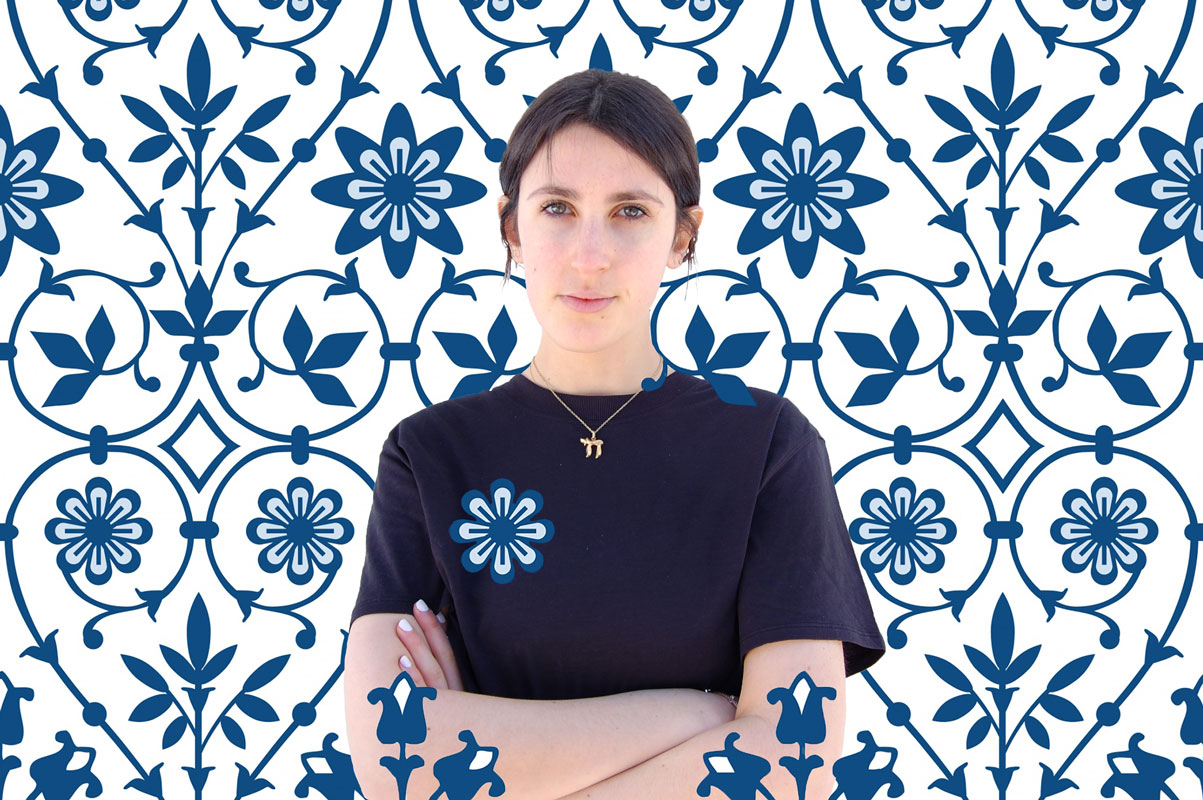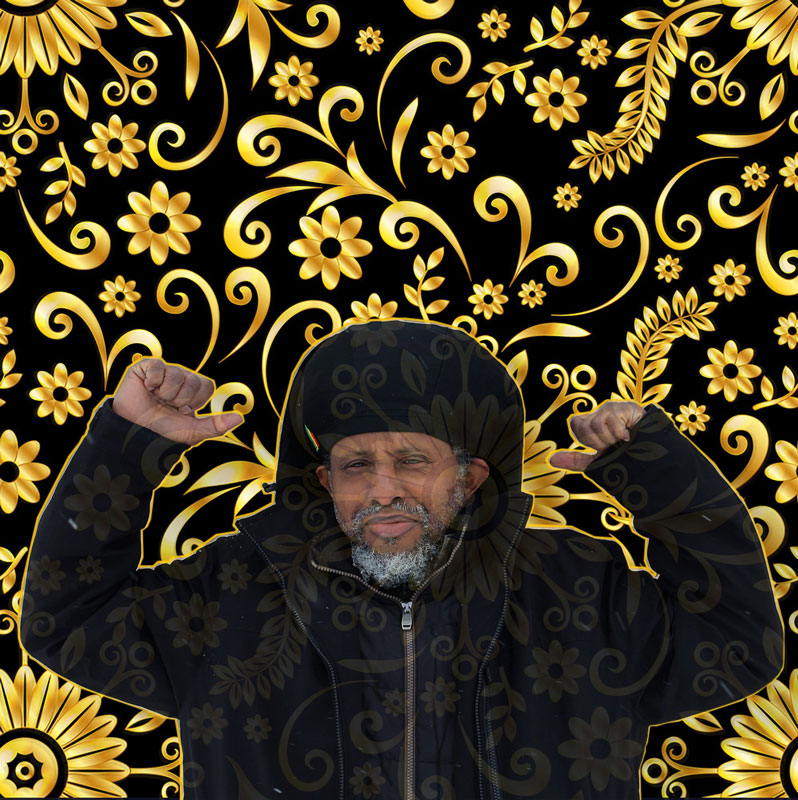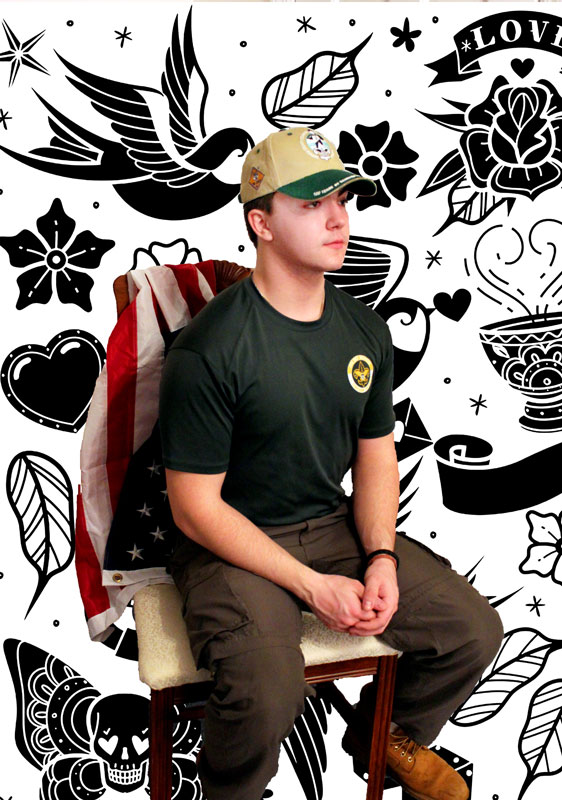Pamela Piffard has an artist’s mind and it’s always working to develop an interesting project for her Huntington High School photography classes. The veteran teacher likes to present ideas that inspire and motivate her students to reach deep within and grow their talents while also feeling proud about their work.
An assignment that coincided with Black History Month produced some magnificent images. Mrs. Piffard introduced the project with a detailed presentation to her classes. She first asked students a series of questions to ponder: “Why do we celebrate Black History Month? What does Black History Month mean to you? Can you think of any Black artists that your admire?”
Students were introduced to Kehinde Wiley, a highly regarded portrait painter who was born in Los Angeles, but who now works in New York City. “As a contemporary descendent of a long line of portraitists, including Reynolds, Gainsborough, Titian, Ingres, among others, Mr. Wiley, engages the signs and visual rhetoric of the heroic, powerful, majestic and the sublime in his representation of urban, black and brown men found throughout the world,” according to his studio’s website.
Mr. Wiley painted Barack Obama’s official presidential portrait. It depicts Mr. Obama seated with foliage, including chrysanthemums for Chicago, jasmine for Hawaii and African blue lilies in honor of the former president’s father, who as a senior government official in Kenya.
Mrs. Piffard showed her students the portrait of Mr. Obama and compared it to previous presidential portraits and asked how it differed from them.
One of six children, Mr. Wiley great up in South Central Los Angeles in the 1980s. He became interested in art as an 11 year old and went on to earn a BFA at San Francisco Art Institute and a MFA at Yale University’s School of Art in 2001. Popular in the contemporary art world for many years, the now New York based artist “is most well-known for his larger than life paintings that showcase contemporary African Americans in positions of power and strength,” Mrs. Piffard told her classes.
“Conceptually, Mr. Wiley’s approach is subtle, complex and powerful,” Mrs. Piffard said. “He’s not out to right the wrongs of the past, as any realist does; he’s seeking to portray the heroism of everyday people; Black people.”
Students were shown a variety of images consisting of original works that Mr. Wiley drew inspiration from and his “hip-hop swagger” pieces. Mrs. Piffard gave examples of how to create productive tension between the flatness of the canvas and the depiction of three-dimensional space.
“How can we use the work of Kehinde Wiley as inspiration for our own work?” Mrs. Piffard asked her students.
The teacher went on to explore identity. “What makes up our identity and identifies us as individual beings?” Mrs. Piffard asked. “Is it your culture? Ethnicity? Your skills and abilities? Your physical attributes or your gender? Or is it impacted simply by your hobbies and the values and beliefs you abide by and live your life by? Do your clothes and how you present yourself play a role? To most people, our identity is made up of a culmination of these and together it provides us an identity as an individual being.”
The assignment required students to complete a brainstorming session and project planning proposal slides before choosing a model, which could be a friend, family member or even themselves if it was to be a self-portrait. “It must be a person and not an object or animal,” Mrs. Piffard said.
Students were asked to take 10 portraits based upon their project proposal. Portraits needed to be taken against a plain background with plenty of lighting. At least a few of the 10 needed to be taken outdoors in natural light.
The images had to be edited in order to “create your own piece based on inspiration you took from your own identity and the work of Kehinde Wiley,” Mrs. Piffard told students. An instructional tutorial was provided explaining how to assemble the final piece.
Finally, students were asked to critique their own work and the work of their classmates using the Padlet format. Mrs. Piffard provided sample images for students to review.
The student photographers wasted no time getting to work on the project. The images they submitted for the assignment are exceptional.



